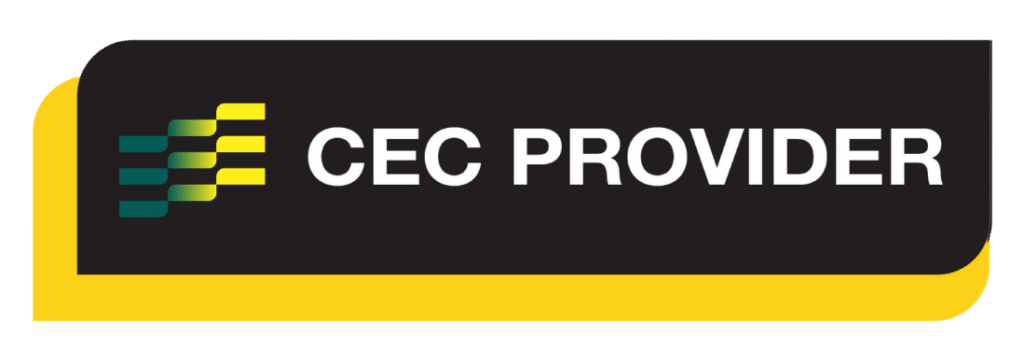Mat Repertoire
Abdominal Work:
Push Up
Alternate Names
N/A
Derived From
Classical Mat Pilates: Push Up
Primary Element
Strength
Why for Primary?
To develop strength and control in the shoulders and torso.
Secondary Element
Stability
Why for Secondary?
To develop control in the deep abdominal muscles transversus abdominis to create pelvis and torso stability whilst adding the challenge of the upper body and shoulder work.
Tertiary Element
N/A
Why Tertiary?
N/A
Repetitions
4-6
Plane of Motion
Sagittal
Targeted Muscles
Abdominals
Warnings
This exercise may be unsuitable for clients where engagement of the abdominals is contraindicated, or where the shoulder load may cause pain or discomfort.
Execution
Start four-point kneeling (or in quadruped position) on the Mat. Bring the body weight forward into the arms keeping the shoulders up and back and collar bones wide. Step one foot back at a time into a plank position, maintain a posterior pelvic tilt throughout and push the heels back flexing the feet.
Inhale to bend the elbows back towards the heels (or no wider than a 45-degree angle outwards), exhale to gently press back upwards to the starting position.
Observations
Do a body scan of the client taking note of the following points
- Head and Neck
- Is the back of the neck long and crease-free? A slight retraction of the neck with the chin tucked can help avoid straining the neck. If the client is dropping their head downwards or leading with their nose, then they need to retract their head and neck or not aim to go as low in the movement
- Pelvis
- Is the pelvis still throughout or is the torso rocking throughout the movement?
- Is the client able to keep a slight posterior pelvic tilt throughout, and avoid arching into their lumbar spine, particularly as they lower downwards?
- Arms
- Are the arms assisting with the lift phase and pressing actively up and against the Mat?
- Are the shoulders up and back with the support coming from the shoulders, not the elbows locking?
- Legs
- Are the legs actively reaching back with flexed feet?
Learning Style Technique Cues
Auditory – word associations that connect mind and body
- Only bend the elbows as low as you can go without moving the head and neck or losing the posterior pelvic tilt
- Control the movement back up again, avoid locking the elbows
- Say the client’s name when you’re about to interact with them
Visual
- Imagine doing the same movement standing against a wall without the gravitational pull and aiming to create the same controlled movement
- You may demonstrate a part of the movement as a visual representation for the client to see, for example with the arms moving like the legs
Kinaesthetic
- Avoid sinking the pelvis or lifting too high
- Feel for the head and neck moving, they should stay still throughout. The only part of the body moving is the elbows bending
Modifications and Variations
Regress the exercise by
- Dropping back to the knees and working with less load
- Working on a standing variation against a wall or Barre if available
- Working on Abdominal Work: Leg Pull Front
Progress the exercise by
- Moving between Push Ups and Abdominal Work: Pike
- Increasing the depth of the Push Up without compromising technique
- Increasing the pace of the repetitions
Series and Transitions
This exercise is part of the Abdominal Work series which includes a range of other exercises in the fundamental and progressive repertoire. The Abdominal Work series can also be found in the Reformer and Cadillac repertoire.
The traditional order of the Abdominal Work series is
- Single Leg Stretch
- Double Leg Stretch
- Hamstring Pull or Single Straight Leg Stretch
- Double Leg Lower (not included in the Inspired Academy repertoire, however a similar exercise can be found in the Reformer Feet in Straps: Double Leg Lowers)
- Criss Cross
Inspired Academy follows the order to create stability and mobility before building strength.
Warm Up repertoire
Fundamental repertoire
Progressive repertoire

